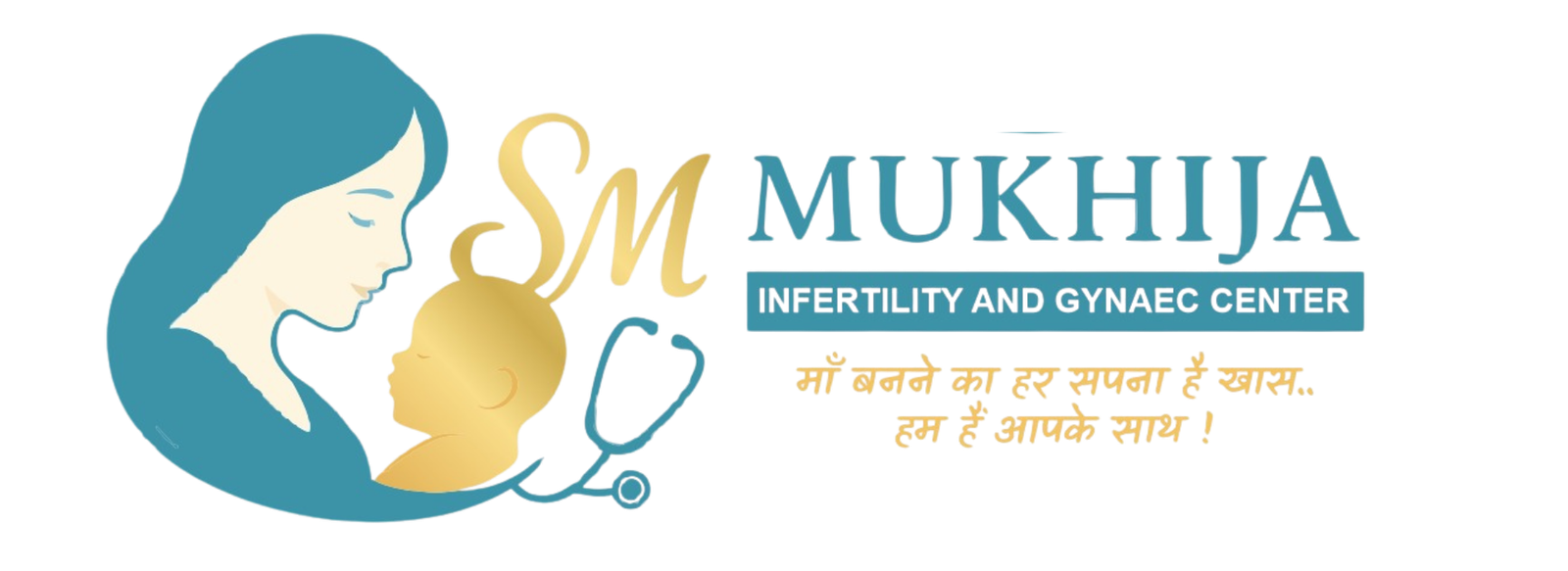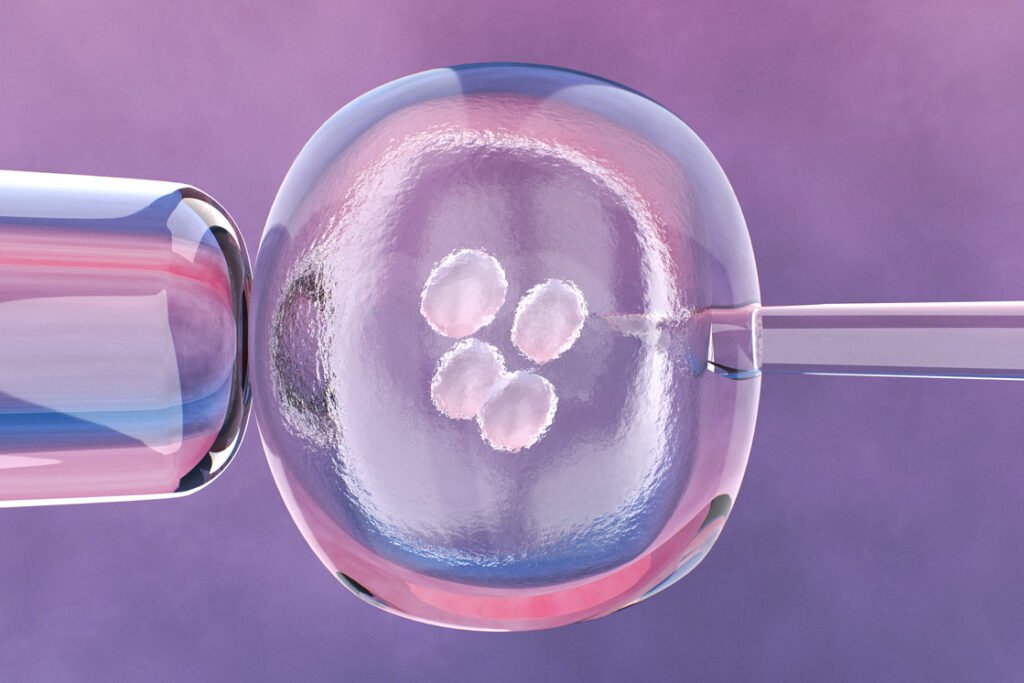Disclaimer: The content on this website is for informational purposes only and does not constitute medical advice. Please consult a qualified healthcare professional for diagnosis and treatment.
Ovarian Stimulation
Fertility medications are given to stimulate the ovaries to produce multiple eggs instead of one.

